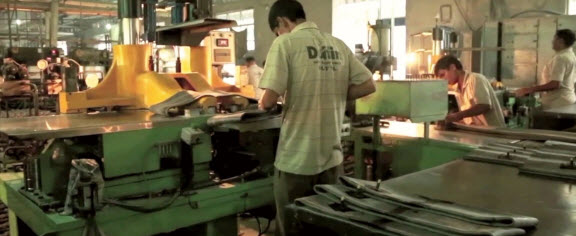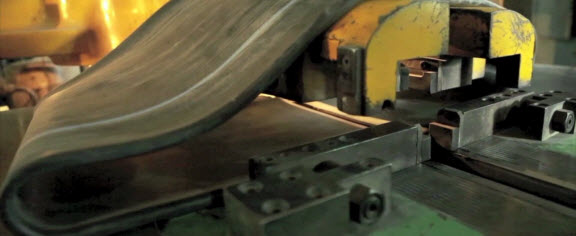Introduction to Butyl Reclaim Rubber and Virgin Butyl Rubber
Butyl rubber, known for its excellent impermeability to gases, is produced in two main forms: butyl reclaim rubber and virgin butyl rubber. Both variations possess unique characteristics and applications, catering to diverse industries.
Composition and Manufacturing Process
Butyl Reclaim Rubber Composition
Butyl reclaim rubber is derived from recycled butyl rubber products, undergoing a meticulous process to reclaim its properties. The composition often comprises reclaimed butyl rubber, fillers, and processing aids.
Manufacturing Process of Butyl Reclaim Rubber
The manufacturing involves several stages, including collection, sorting, grinding, devulcanization, and mixing with additives to enhance its properties, rendering it suitable for various applications.
Virgin Butyl Rubber Composition
On the other hand, virgin butyl rubber is synthesized from monomers, ensuring a purer form of rubber with consistent properties, typically comprising isobutylene and small amounts of isoprene.
Manufacturing Process of Virgin Butyl Rubber
The process involves polymerization under controlled conditions to produce high-quality, uniform rubber, maintaining stringent standards for purity and performance.
Properties Comparison
The comparison between butyl reclaim rubber and virgin butyl rubber encompasses various aspects, including physical and chemical properties, as well as performance characteristics.
Physical Properties
Butyl reclaim rubber exhibits properties akin to its virgin counterpart, albeit with slight variations in tensile strength and elongation, owing to its recycled nature.
Chemical Properties
Virgin butyl rubber often showcases superior resistance to aging, oxidation, and degradation compared to butyl reclaim rubber due to its purity and lack of prior exposure.
Performance Characteristics
In specific applications, virgin butyl rubber may outperform its reclaimed counterpart due to its consistent quality and purity, ensuring reliability and longevity.

Advantages of Butyl Reclaim Rubber
Environmental Impact
One of the primary advantages of butyl reclaim rubber lies in its eco-friendly nature, contributing to recycling efforts and reducing waste.
Cost-Effectiveness
Butyl reclaim rubber offers a cost-effective solution, providing similar performance while utilizing recycled materials, thereby reducing production expenses.
Application Versatility
Its versatile nature allows butyl reclaim rubber to be utilized across various industries, contributing to sustainability efforts without compromising performance.
Advantages of Virgin Butyl Rubber
Purity and Consistency
Virgin butyl rubber boasts unmatched purity and consistency, ensuring high-quality performance in critical applications demanding reliability.
Superior Performance in Specific Applications
In industries requiring stringent standards, virgin butyl rubber prevails due to its consistent properties and reliability under varying conditions.
Quality Assurance and Longevity
The stringent manufacturing process guarantees the quality and longevity of virgin butyl rubber, making it an ideal choice for critical applications.

Applications and Usage Scenarios
Butyl Reclaim Rubber Applications
Butyl reclaim rubber finds applications in diverse sectors such as automotive, construction, and manufacturing, where cost-effectiveness and eco-friendliness are valued.
Virgin Butyl Rubber Applications
Industries demanding uncompromised quality, like pharmaceuticals, healthcare, and aerospace, prefer virgin butyl rubber for its reliability and performance.
Market Trends and Demand
The market for both butyl reclaim rubber and virgin butyl rubber reflects the growing need for sustainable yet high-performance materials across various industries.
Butyl Reclaim Rubber Market Analysis
The demand for butyl reclaim rubber continues to rise owing to its cost-effectiveness and contributions to environmental sustainability.
Virgin Butyl Rubber Market Analysis
The market for virgin butyl rubber remains robust, particularly in industries where quality, reliability, and performance are paramount.
Environmental Impact and Sustainability
Both variations play a pivotal role in sustainability initiatives, butyl reclaim rubber by reducing waste and virgin butyl rubber by ensuring longevity and reliability.
Conclusion
In conclusion, the choice between butyl reclaim rubber and virgin butyl rubber depends on the specific application's requirements, balancing factors like cost-effectiveness, environmental impact, and performance demands.
FAQs About Butyl Reclaim Rubber & Virgin Butyl Rubber
1. Is butyl reclaim rubber as durable as virgin butyl rubber?
Butyl reclaim rubber offers durability but may vary slightly compared to the consistent performance of virgin butyl rubber.
2. What industries benefit most from using butyl reclaim rubber?
Industries valuing cost-effectiveness and sustainability, such as automotive and construction, benefit from butyl reclaim rubber.
3. Does virgin butyl rubber always outperform butyl reclaim rubber?
Not necessarily. Specific applications may favor virgin butyl rubber, but both variations have their distinct advantages.
4. How do market trends affect the availability of both rubber types?
Market trends often influence production levels, but both butyl reclaim rubber and virgin butyl rubber maintain steady demand.
5. What role do these rubbers play in sustainability efforts?
Butyl reclaim rubber contributes to recycling initiatives, while virgin butyl rubber emphasizes longevity and reliability in reducing environmental impact.